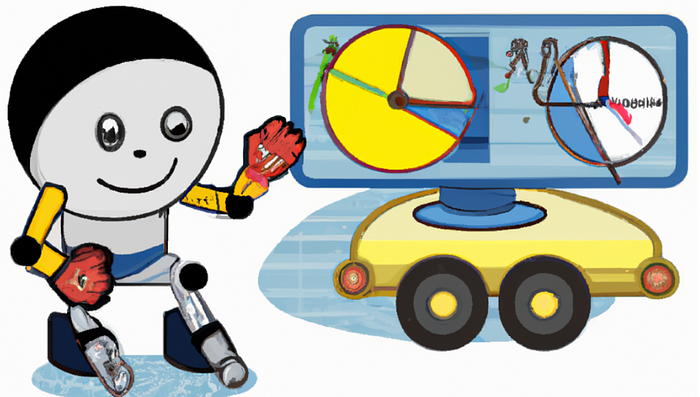Deep learning is a subset of machine learning that uses deep neural networks to process large amounts of data and make complex decisions. Deep learning algorithms learn from data in an iterative process, adjusting the parameters of the model based on the data they are given. This process is known as training the model.
Once a deep learning model has been trained, it can be used to make predictions or decisions based on new data, a process known as inference. Inference is typically much faster than training, as it does not require the model to adjust its parameters based on new data.
There are several challenges associated with training and inference in deep learning. One of the main challenges is the need for large amounts of labeled data to train the model effectively. Another challenge is the computational resources required to train and run deep learning models, as they can be resource-intensive and require specialized hardware such as GPUs.
When choosing technology for a deep learning application, it is important to consider the requirements of the specific application, including the amount and type of data available, the computational resources available, and the desired performance of the model. There are a range of technologies available for deep learning, including open-source libraries such as TensorFlow and PyTorch, as well as cloud-based platforms that provide access to specialized hardware and other resources.
The machine learning life cycle consists of two main phases: training and inference.
In the training phase, the developer supplies a machine learning model with a curated dataset that is used to “train” the model on the characteristics of the data it will be working with. During training, the model adjusts its internal parameters based on the data it is given, in order to learn how to perform a specific task, such as classification or prediction.
Once the model has been trained, it can be used to make predictions or decisions based on new, previously unseen data, a process known as inference. Inference is typically much faster than training, as it does not require the model to adjust its parameters based on new data.
The training and inference phases are an iterative process, and the model may need to be retrained with new data as it becomes available, in order to maintain or improve its performance.
Machine learning inference involves three key components: a data source, a machine learning system to process the data, and a data destination.
The data source can be a single input or multiple inputs, such as an array of IoT devices, and is used to provide the machine learning system with live data to analyze. The machine learning system employs a series of mathematical algorithms to sort and analyze the data, and makes predictions or decisions based on the characteristics of the data. These predictions or decisions are typically based on how the model was trained to interpret the data.
The output of the machine learning system can then be used by a separate system to take a specific course of action, such as issuing a refund or sending a notification. The output of the machine learning system can also be stored in a data destination, such as a database or file, for later analysis or use.
Overall, machine learning inference allows systems to process live data and make real-time decisions or predictions based on that data.

— — — — — — — — — — — — — — — — — — — — — — — — — — — — — — — —
#Beginners Guide
#Artificial Intelligence
#Machine Learning
#Deep Learning
#Towards Data Science





Leave a Reply
You must be logged in to post a comment.